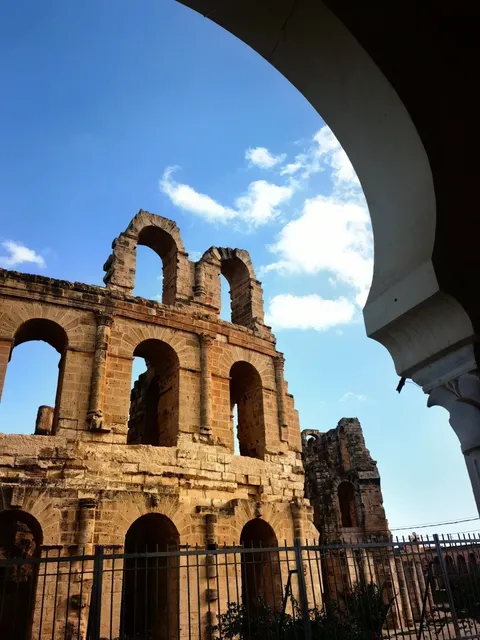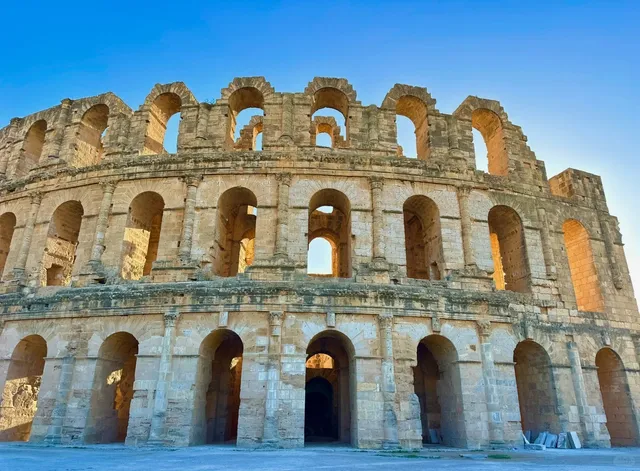Amphitheater of El Jem things to do, attractions, restaurants, events info and trip planning
Basic Info
Amphitheater of El Jem
Route Mahdia, El Jem, Tunisia
4.8(4.2K)
Open 24 hours
Save
spot
spot
Ratings & Description
Info
Cultural
Outdoor
Accessibility
attractions: El Jem Museum, El Jem, Roman Amphitheater of El Jem, restaurants: Restaurant Afe Les Mires, Le Bonheur 2
 Learn more insights from Wanderboat AI.
Learn more insights from Wanderboat AI.Phone
+216 73 630 093
Plan your stay

Pet-friendly Hotels in Maghreb
Find a cozy hotel nearby and make it a full experience.

Affordable Hotels in Maghreb
Find a cozy hotel nearby and make it a full experience.

The Coolest Hotels You Haven't Heard Of (Yet)
Find a cozy hotel nearby and make it a full experience.

Trending Stays Worth the Hype in Maghreb
Find a cozy hotel nearby and make it a full experience.
Reviews
Nearby attractions of Amphitheater of El Jem
El Jem Museum
El Jem
Roman Amphitheater of El Jem
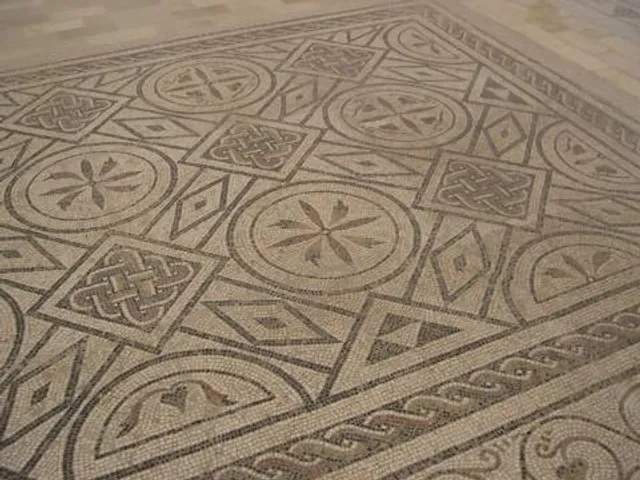
El Jem Museum
4.7
(788)
Open 24 hours
Click for details
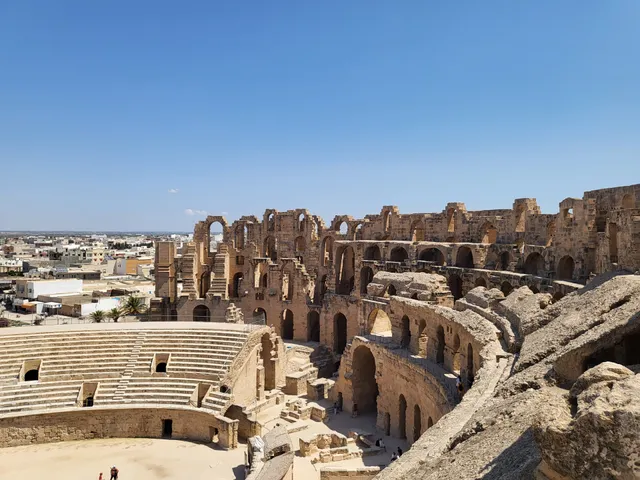
El Jem
4.7
(15)
Open 24 hours
Click for details
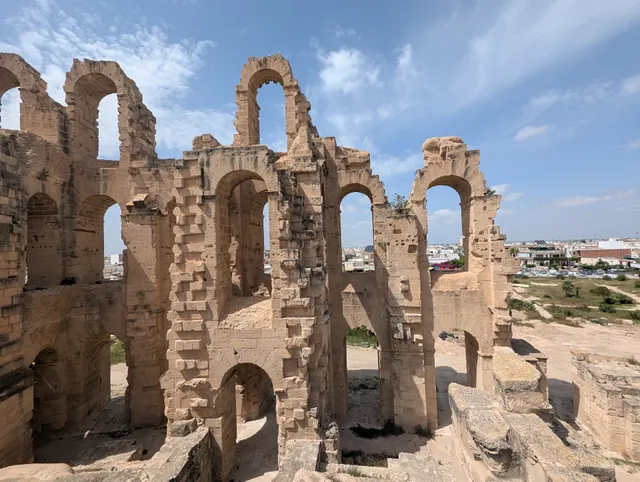
Roman Amphitheater of El Jem
4.3
(37)
Open 24 hours
Click for details
Nearby restaurants of Amphitheater of El Jem
Restaurant Afe Les Mires
Le Bonheur 2
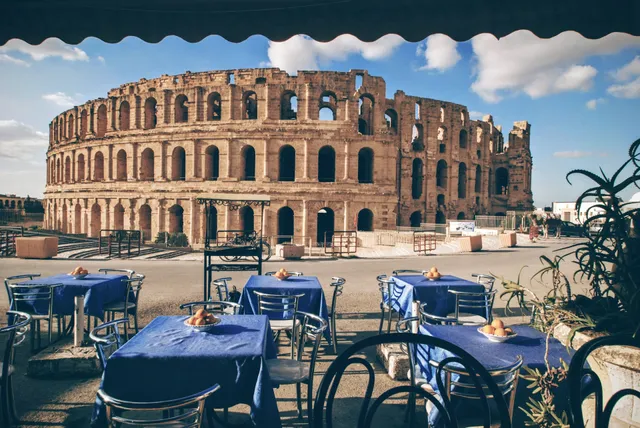
Restaurant Afe Les Mires
3.5
(42)
Click for details

Le Bonheur 2
4.3
(37)
Click for details



